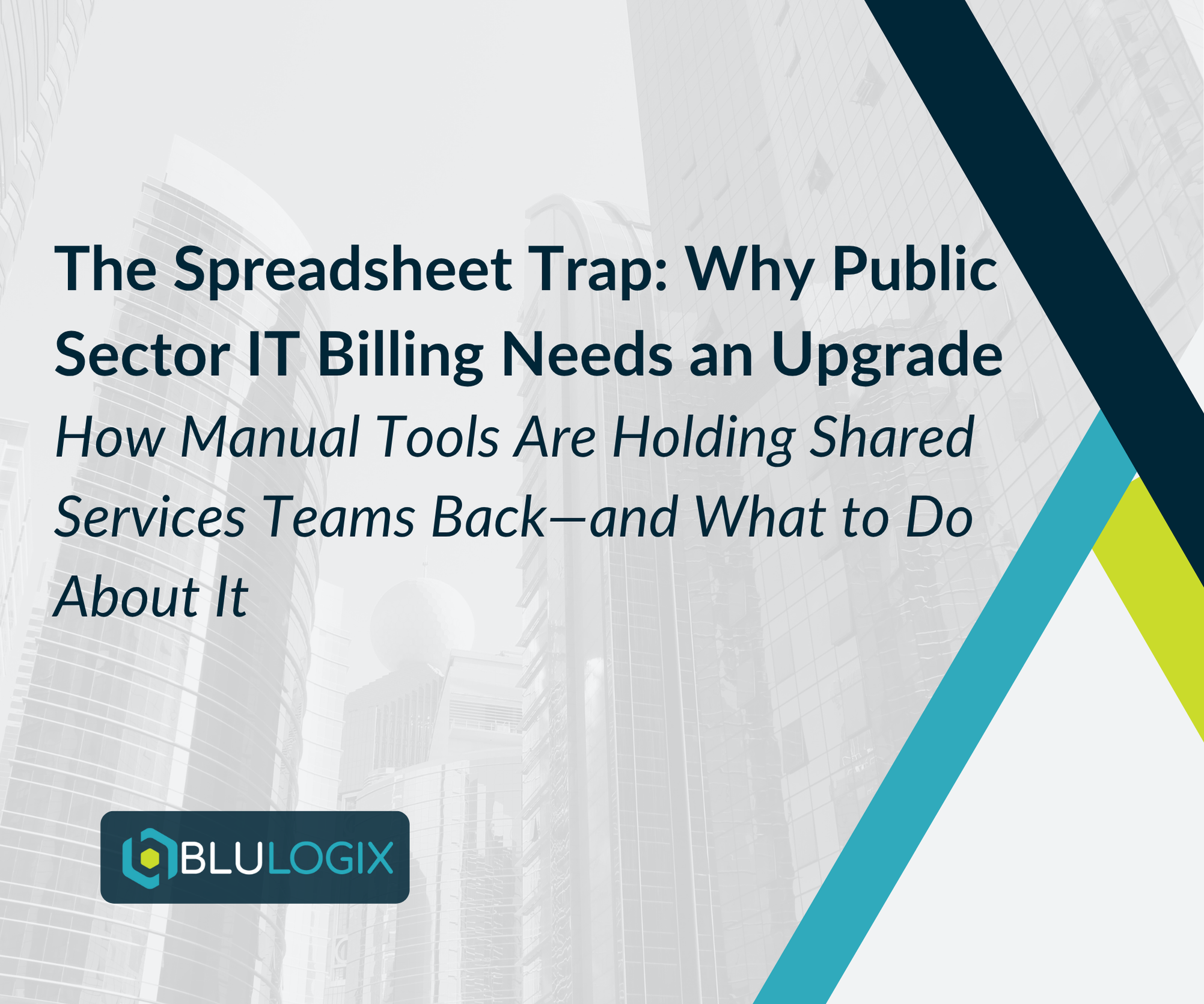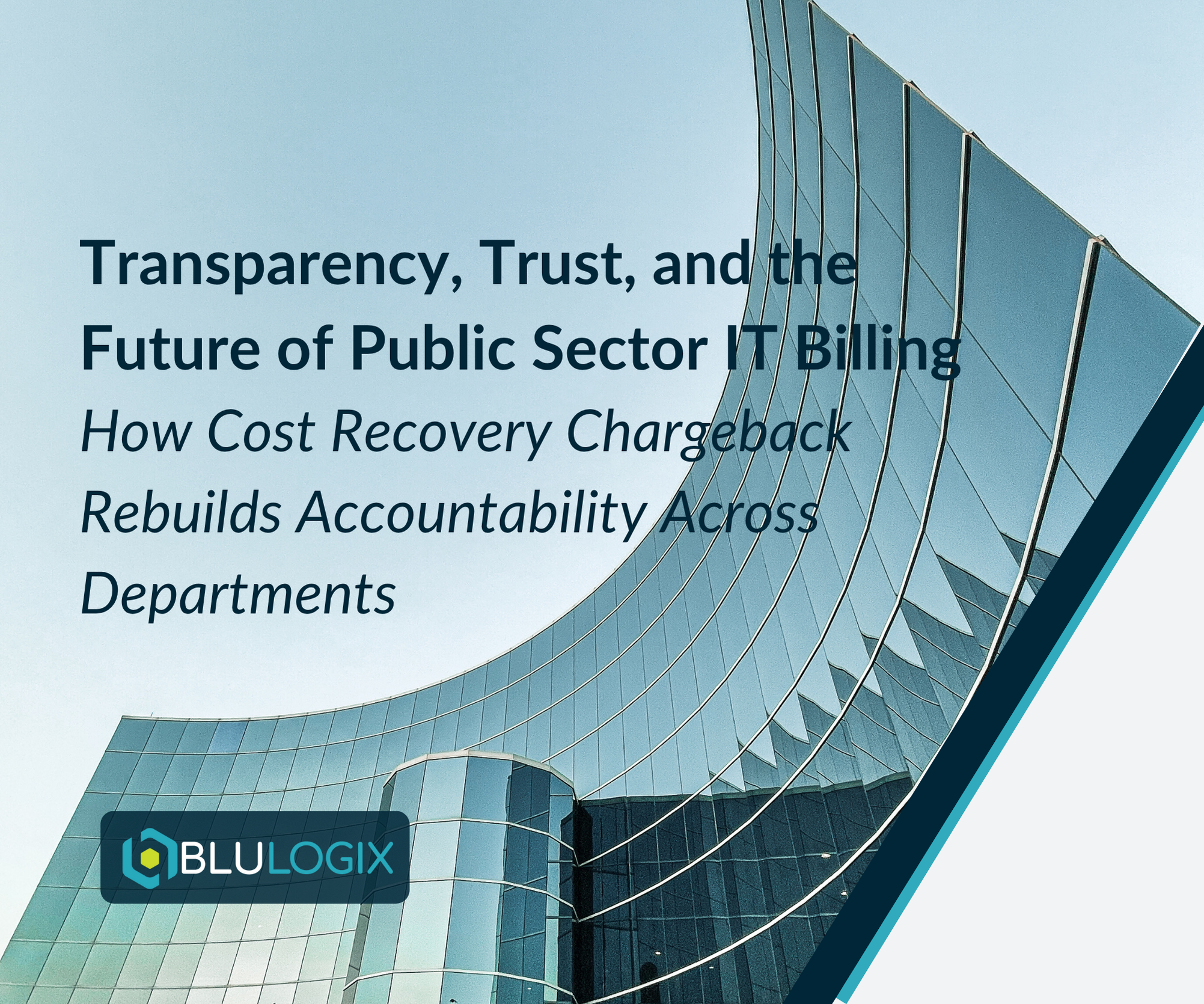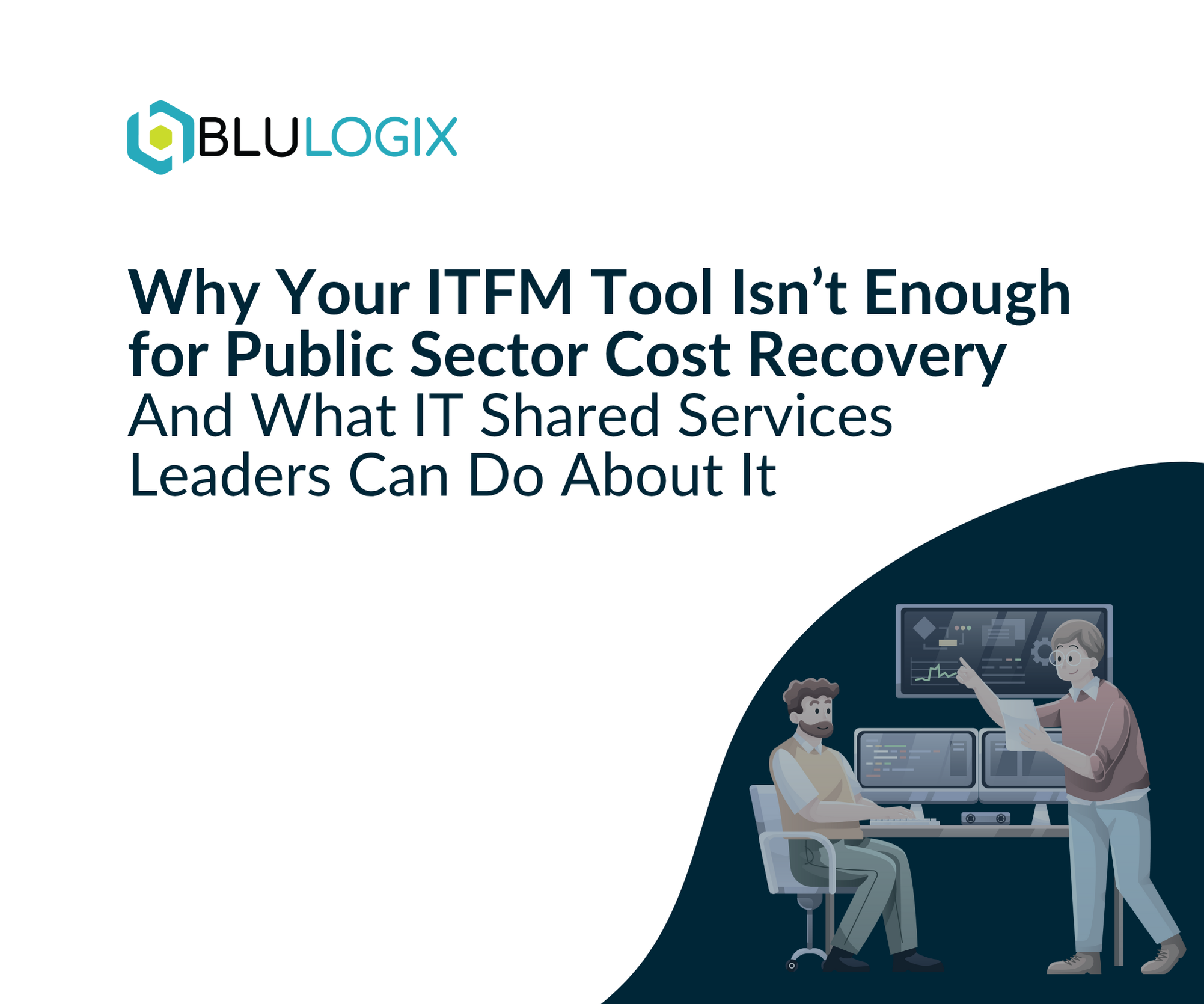When Is the Right Time To Automate Billing?
Every business needs a process for charging or invoicing customers. In the realm of Software-as-a-Service and Cloud Computing technologies, automated billing is increasingly prevalent. Automated billing allows for better resource allocation, removes friction from the billing process, and leverages multiple data points. Most importantly, automated billing provides companies a stream of recurring revenue. But the complexity of a recurring revenue model requires businesses to rethink how they manage monetization.
See How BluIQ Makes Subscription Billing Easy
Updating, launching, or building a home-grown monetization system requires a significant investment of time, money, and energy. With so much to invest, this begs the question: when is the right time to automate billing to ensure a successful transition? This post will examine crucial inflection points companies can look to when adjusting their monetization strategy.
Why implement automated billing?
Before establishing a timeline for automated billing implementation, a business should understand the benefits of doing so. Ultimately, automated billing leads to growth and owning a more significant share of the market. This is achieved both directly and indirectly through the implementation of an automated technology. The following list provides just a handful of the benefits of automated billing.
- Save time and resources by relieving the need for manual intervention of billing processes.
- Improve financial accuracy through the utilization of structured and automated systems, leading to more consistent data.
- Simplify payment collection with the establishment of recurring, self-executing transactions.
- Generate monthly and annual recurring revenue.
- Provide a better user experience leading to increased customer satisfaction and retention.
- Create an infrastructure for subscription or usage-based business models.
In addition to the advantages listed above, automated billing keeps a business from losing to its competition. Digital transformation is part of the future, and automation technology is a crucial aspect of digital transformation. 76% of CIOs report increased demand for new digital products or services during the pandemic, and 83% expect this demand to increase further in the upcoming years. Industries across the board are advancing revenue operations (RevOps) with technology. A business has to choose whether to get on board or fall behind.
When is the right time to automate billing?
The decision to automate billing is an easy decision for many. Most businesses see the value in leveraging automated billing to free up resources that would otherwise be dedicated to billing. The challenge is establishing a timeline to implement an automated billing infrastructure. The effects of a change in billing reverberate throughout an organization. With so many stakeholders involved, the process needs to align several initiatives.
The most essential step in doing so is getting the timing right. Bad timing only makes the implementation harder, causing inefficiencies in data migration. By getting the timing right, all facets of business operations are on the same page, and implementations by each business unit happen hand-in-hand. The benefits do not stop there. With proper timing, a business will find that they can achieve more flexibility in their transition in revisiting goals during a phased implementation as opposed to something rushed and poorly timed. Finally, the right timing makes for the swiftest drive to market.
Key Inflection Points
The right time to automate billing is relative and depends on an individual business’s circumstances. But for all companies, the timing consistently relies on key inflection points. Below is a list of common triggers that can cause a company to change the way they bill.
- Launching a new product: A product launch serves as a perfect experimentation theater for automated billing. As a new product or service is rolled out, billing and provisioning models need to be accounted for. Already placing a priority on designing a monetization strategy that makes sense for a new product, a transition to automated billing can be done incrementally at the product level.
- Pivoting to a subscription model: Like launching a new product, implementing a subscription model is an ideal time to rethink monetization and incorporate automated billing. Because subscription models rely on recurring charges, an automated billing system is not just an attractive option — it is a critical asset for success.
- Accelerating growth: There is nothing more frustrating than having the potential for growth capped out because of antiquated systems that cannot match a business’s growth acceleration. As companies grow and claim more and more market share, outdated billing processes can cause bottlenecks in finance. A business can increase the efficiency of financial transactions to enable growth by automating many aspects of those transactions.
- Acquisitions or mergers: When it comes to growth, an acquisition can be a perfect time to rethink monetization strategy. Following an acquisition, there will always be organizational restructuring and redistribution of responsibilities. This creates an environment where a new billing system transitions feels organic and timely for all departments involved.
- Debuting a new go-to-market strategy: Part of designing a new go-to-market strategy is establishing a budget. As this process inevitably impacts revenue, it is an appropriate time to consider automating your billing process.
- Experiencing churn: The importance of retaining existing customers has been well-documented across many industries. A research study performed by Bain & Company found that “a 5% increase in customer retention produces more than a 25% increase in profit.” The study makes its conclusion that returning customers buy more from a company over time. Automated billing makes retaining customers and reducing churn much easier. This is achieved by removing friction from the billing process. When billing is simple, efficient, and self-executing, both providers and customers benefit by eliminating the painstaking and time-consuming process of manual billing or invoicing.
See How BluIQ Makes Subscription Billing Easy
Building In-House or Finding a Partner
Once a business has decided on the proper timing for a new monetization strategy and automated billing system, it is time for the technical implementation of that system. Building the infrastructure for a new way of billing is a challenging and resource-consuming process. Rather than focusing on what they do best and developing products, the employees of a company could end up spending all of their time designing, implementing, and refining a billing system. For this reason, it is advantageous to find an expert partner who can walk through the transition with you.
Learn more about the pros and cons of building in-house versus going with a partner.
At BluLogix, we’ve been that expert partner for businesses across multiple industries, including Software-as-a-Service, UCass and Telecom, Internet-of-Things, and Cloud Computing. We leverage over a decade worth of experience in designing and implementing billing systems to provide our clients with a seamless transition to automated billing. If you would like to learn more about how BluLogix can empower your monetization strategy, reach out to schedule a demo today.
Learn more

The Spreadsheet Trap: Why Public Sector IT Billing Needs an Upgrade

How Cost Recovery Chargeback Rebuilds Trust in Public Sector IT


